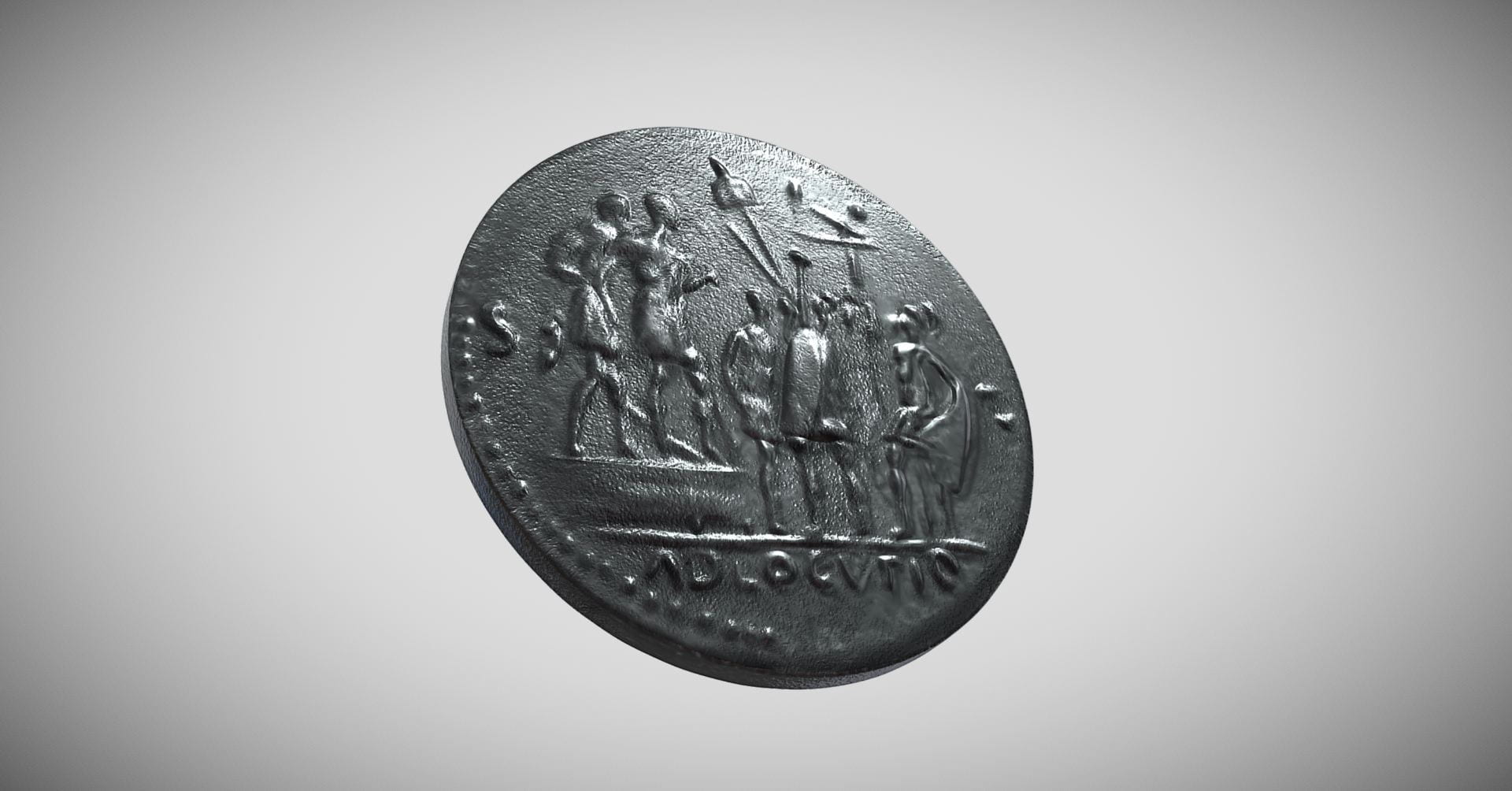Due to the COVID-19 pandemic, and subsequent museum closure, the Hood Museum of Art started experimenting with an array of digital tools and strategies in an effort to keep its audiences engaged with the collection. Prior to the pandemic, the museum partnered with Dr. Brinker Ferguson, manager of the Digital Humanities and Social Engagement (DHSE) cluster and director of the Digital Cultural Heritage Lab at Dartmouth, to 3D image and photograph selected objects in the museum’s permanent collection. In the past, the requests were for class coursework or research. Knowing this technology was available to us and recognizing the new demand for digital engagement, the museum worked with Brinker to obtain 3D images of objects chosen by curatorial and education in the Hood Museum’s collection. The hope was, and still is, that they will be made available for facilitated virtual teaching and conversations with the public.

A project of this scope, involving so many departments and stakeholders, required a thoughtful and thorough approach. My colleagues and I first met with the education department. During our discussion we talked through the goals and potential benefits of working with this type of digital resource. After we met with education, my colleagues provided a prioritized list of objects to be scanned. Considerations and final decisions were reached based on several factors, including: educational potential, aesthetics, and the condition of the object. For us, 3D imaging is ideal for objects that work well with educational lessons, spark engaging conversations, and (because of condition concerns) cannot be displayed in the museum’s galleries.
Once I had a list, I spoke with all relevant colleagues about the objects and potential cultural sensitivities. While accessibility for our collection is a main goal at the Hood Museum, we recognize that it may not always be appropriate for objects representing other cultures to be shared publicly, in this way.
We then met with Brinker about how each object would be captured and scheduled time to photograph in the Bernstein Center for Object Study. My colleagues Sue Achenbach, museum preparator, and Kait Armstrong, visitor services guide, aided in the process by handling the works, monitoring, and assisting.
After the initial capture, it took Brinker several weeks to edit the photos and to stitch the images together so they would be compatible with the 3D software. The process was time-consuming yet necessary and worth it. The final product is a highly detailed 3D image that will be incredibly useful for museum teaching and educational purposes (see 3D model of coin below).
Now that the files are ready, we can begin to incorporate them as digital resources into our educational strategies and future programs. We are excited about this technology and the opportunity it presented. We look forward to continuing to explore other digital and virtual resources to share with all our audiences.
This post was authored by:
Randall Kuhlman, Center for Object Study Attendant and Scheduling Assistant

ABOUT THE AUTHOR
Randall Kuhlman works with both Academic Programming and K-12 Education. He helps to schedule and coordinate all visits to the museum and assists students and faculty with their use of the museum’s collections. Randall graduated from Elmira College with a degree in history and classical studies in 2010 and completed his Master’s in applied archaeology from the Indiana University of Pennsylvania in 2013, where he completed his thesis; Classical Traditions in Central New York State: Analyzing Classical Influences in 19th Century Syracuse, New York. Before joining the Hood Museum, Randall worked in cultural resource management throughout New England.

Comments are closed.